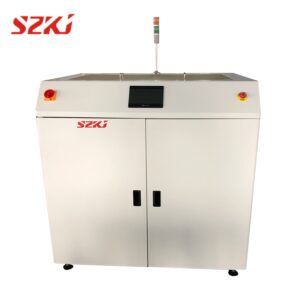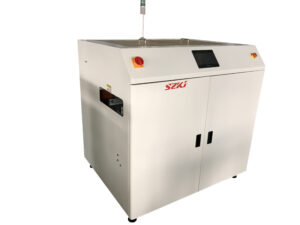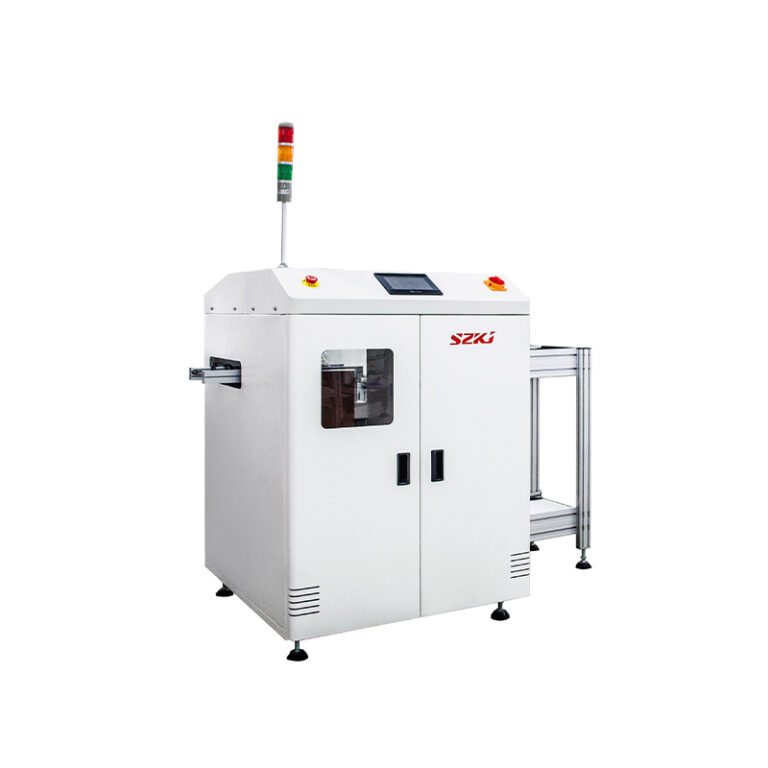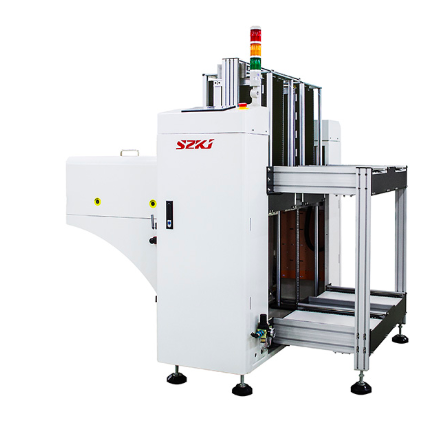Table of Contents
ToggleWhat is PCB?
PCB stands for Printed Circuit Board, which is a flat board made from a non-conductive material, often fiberglass, with layers of copper traces etched into its surface. These traces form the circuits that connect various components like resistors, capacitors, and microchips. Now, coming to the question of what is PCB’s role, it is important to know that PCB assembly is the process of attaching electronic components to the surface of a printed circuit board. This process transforms a simple board into a fully functional electronic system. Components are secured using soldering, ensuring strong connections and reliable performance.

Printed Circuit Boards (PCBs) come in various types. Each of these is designed to meet specific needs and applications.
- Single-layer PCBs are the simplest, with components mounted on one side, making them cost-effective for basic devices like calculators and radios.
- Multi-layer PCBs, with multiple layers of conductive material, are ideal for complex gadgets like smartphones and computers due to their ability to handle high functionality in a compact design.
- Flexible PCBs, made from bendable materials, are perfect for wearable devices and medical equipment, as they can fit into tight spaces and endure movement.
- Rigid-flex PCBsoffer a combination between rigid boards with the flexible ones. These are often used in aerospace and military applications for their reliability in harsh conditions.
- High-frequency PCBs are designed for transmitting signals at specific frequencies. These are essential in telecommunications and advanced radar systems.
Advantages of PCB Assembly
People often wonder what is PCB assembly advantage. Well, the PCB assembly offers several advantages that make it indispensable in the production of modern electronic devices.
- Reliability: PCB assembly ensures that electronic components are securely connected, reducing the risk of malfunctions. The soldered connections remain stable even under challenging conditions, such as vibration or temperature changes.
- Efficiency: Automation in PCB assembly speeds up production, ensuring consistent quality. This efficiency allows manufacturers to meet high demands while maintaining precision.
- Scalability: PCB assembly scales effortlessly when producing small batches or large volumes. Manufacturers can switch between prototypes and mass production without significant adjustments.
- Compact Design: PCB assembly enables the creation of smaller, more efficient devices. Components are arranged strategically, reducing the overall size while increasing functionality.
- Cost-Effectiveness: PCB assembly lowers production costs in the long run by reducing waste, streamlining processes, and improving reliability.
Applications of PCBs
PCBs are found in almost every electronic device we use today. In consumer electronics, they power smartphones, laptops, and gaming consoles. In healthcare, they are integral to life-saving equipment like MRI machines and heart monitors. The automotive industry uses PCBs in advanced systems like GPS navigation and electric vehicle control. Even aerospace relies on PCBs for precise navigation and communication systems. These applications demonstrate the versatility and importance of PCBs in driving technological innovation.
PCB Assembly vs. Traditional Methods
Have you ever wondered what is PCB assembly advantage? If we compare it to traditional circuit creation methods, PCB assembly offers unmatched precision and efficiency. Older methods involved manual wiring, which was time-consuming and prone to errors. In contrast, PCB assembly automates much of the process, ensuring consistent quality and reducing the risk of faults. Traditional systems often occupy more space and require extensive maintenance, whereas PCBs offer a compact, streamlined solution with minimal upkeep. Additionally, the integration of advanced technologies, like surface-mount technology (SMT), has further enhanced the accuracy and reliability of PCB assembly.
So, based on everything we have discussed so far, a simple answer to what is PCB assembly would be that it is the backbone of modern electronics, as it offers reliability, efficiency, and scalability. It has revolutionized industries ranging from healthcare to aerospace, by enabling the creation of cutting-edge devices. Investing in advanced PCB assembly ensures that products remain efficient and ready for technological advancements.





-768x768.jpg)